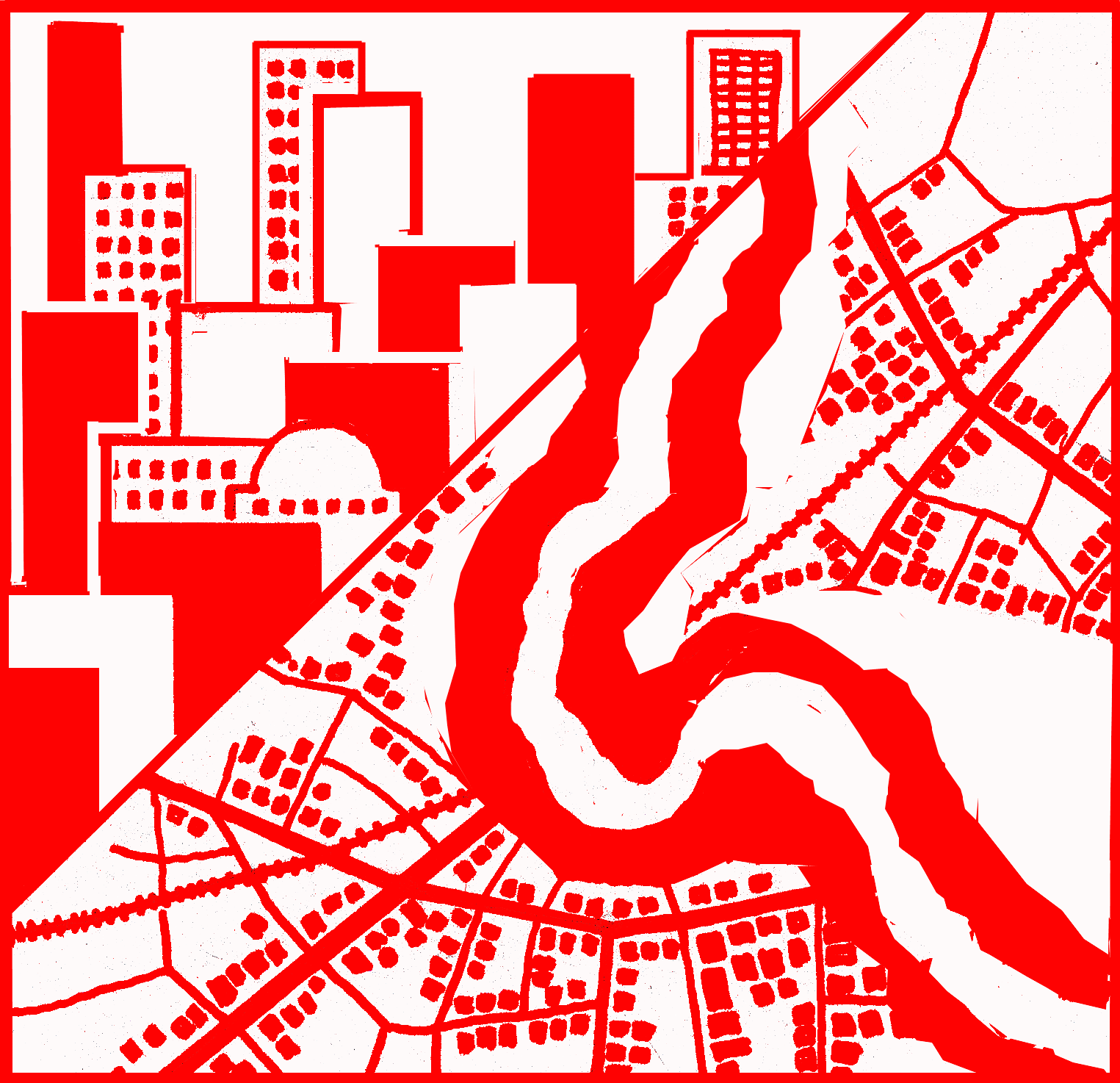|
Editor's Corner...
book review...
Earthquake Safety Day in Nepal...
Obituary

Theme

Insight

duryog nivaran

AUDMP - making cities safer

Upcoming ADPC training programs

IDNDR news

Bookmarks

WWW Sites
|

|
AUDMP-making cities safer...
Asian Urban Disaster Mitigation Program (AUDMP) Highlights
Sri Lanka Urban Multi-hazard Disaster Mitigation Project (SLUMDMP)
The project works towards building local capacity for identifying hazards
and for selecting appropriate strategies to avoid or reduce hazard-related
losses. In this way, the project will assist municipal officials to develop
improved tools and skills for development planning and risk management.
The project will have three major components: Multi-Hazard Mapping, Training,
and Networking/Policy Development. Phase 1 of the Multi-Hazard component
will focus on multi-hazard mapping, vulnerability and risk assessment,
and generation of mitigation options. Phase 2 will involve the selection
of appropriate mitigation strategies and implementation of them through
a municipal action plan, land use guidelines, and public awareness campaigns.
Risk Control Planning Workshop January 1999
SLUMDMP organized a workshop on "Integrating Natural Hazards into
the Planning Process," for UDA planners. About seventy-five planners,
representing district and provincial councils, attended the workshop held
January 21-22, 1999 in Colombo. ADPC consultant Ms. Linda Noson conducted
the workshop, while ADPC consultant Mrs. Shirley Mattingly and SLUMDMP
Project Manager Mr. Arambepola made presentations. Participants received
a workbook on Risk Control Planning, produced by Ms. Noson. This fifty-seven
page document covers decision making and administrative processes for dealing
with risk. The workbook focuses on the identification of risk control measures
to reduce the frequency, severity, or unpredictability of natural hazard
impacts on a community - and as such adopts a local community perspective
throughout.
|
The AUDMP is a four year program designed to reduce the natural disaster
vulnerability of urban populations, infrastructure, lifeline facilities,
and shelter in Asian cities. Currently, projects under the AUDMP are being
implemented in sites in the following countries: The Philippines (floods,
multiple hazards); Indonesia (earthquakes); India (technological &
industrial hazards); Sri Lanka (multiple hazards); Nepal (earthquakes);
Lao PDR (fires and other urban emergencies); Cambodia (floods). Core funding
for the AUDMP comes from USAID's Office of Foreign Disaster Assistance
(OFDA). Additional funds will come from the ADPC and collaborating institutions
in target countries, among others. The program is managed by the USAID's
Regional and Urban Development Office for South East Asia (RUDO/SEA) and
is implemented by ADPC in Bangkok, Thailand.
For additional information about the AUDMP, please contact Senior
Manager David Hollister or the Urban Information Manager at (66 2) 524-5376;
audmp@ait.ac.th. Web site: http://www.adpc.ait.ac.th/audmp/audmp.html
|
| Our Partners
Continuing with sketches of local project partners in the AUDMP network,
we introduce NBRO, UDA and CHPB of Sri Lanka:
National Building Research Organization (NBRO), established in
1984, began its landslide studies in 1990 with support from UNDP and UNCHS.
NBRO has developed detailed digitized maps to serve as tools for planning
of settlement and infrastructure development in the hill country and has
drafted a manual, "Site Selection, Development Planning and Construction
in the Hilly Regions of Sri Lanka," which will form the basis for
development of guidelines under the SLUMDMP. NBRO also has a landslide
database and a detailed methodology for assessing landslide hazard areas.
In order to undertake assessments in a limited time under the SLUMDMP,
NBRO will test a Rapid Assessment procedure for mapping landslide threat
in the city of Ratnapura.
Urban Development Authority, the chief planning entity of Sri
Lanka, is a financially self-supporting institution. UDA has successfully
implemented many large projects, including the Sabaragamuwa Regional Structure
Plan, which produced a mapping of landslide-prone areas and a divisional
land use plan to cope with current and expected natural hazard and urban
environment problems. UDA has received support through USAID projects,
resulting in the production of environmental workbooks for Bandarawela
and Hambantota, mapping of municipal systems, critical facilities, housing,
health and other local concerns. UDA is currently developing its GIS capability,
which will enhance its ability to access, update and disseminate digitized
information on the demonstration project.
Center for Housing Planning and Building (CHPB) is a training
and research center established in 1979 with a grant from the Government
of the Netherlands, with a primary objective of providing information services
in the housing and human settlements sector. It does this through in-service
training for professionals and administrators in the housing and construction
sectors. Since 1985 CHPB has been a permanent division of the Ministry
of Local Government, Housing & Construction. CHPB carries out training
in areas related to housing, construction management and supervision, project
management, and human settlements development. The training programs target
a variety of professionals - a current program targets the construction
industry, including small-scale contractors, national-level public sector
agencies, private sector (housing and property developers), provincial
councils and local authorities. Apart from training, CHPB carries out research
to support curriculum development for training courses and policymaking.
|
|



![]() To get announcements whenever this page is updated, please subscribe to adpc-announce-subscribe@egroups.com
by sending a blank email.
To get announcements whenever this page is updated, please subscribe to adpc-announce-subscribe@egroups.com
by sending a blank email.